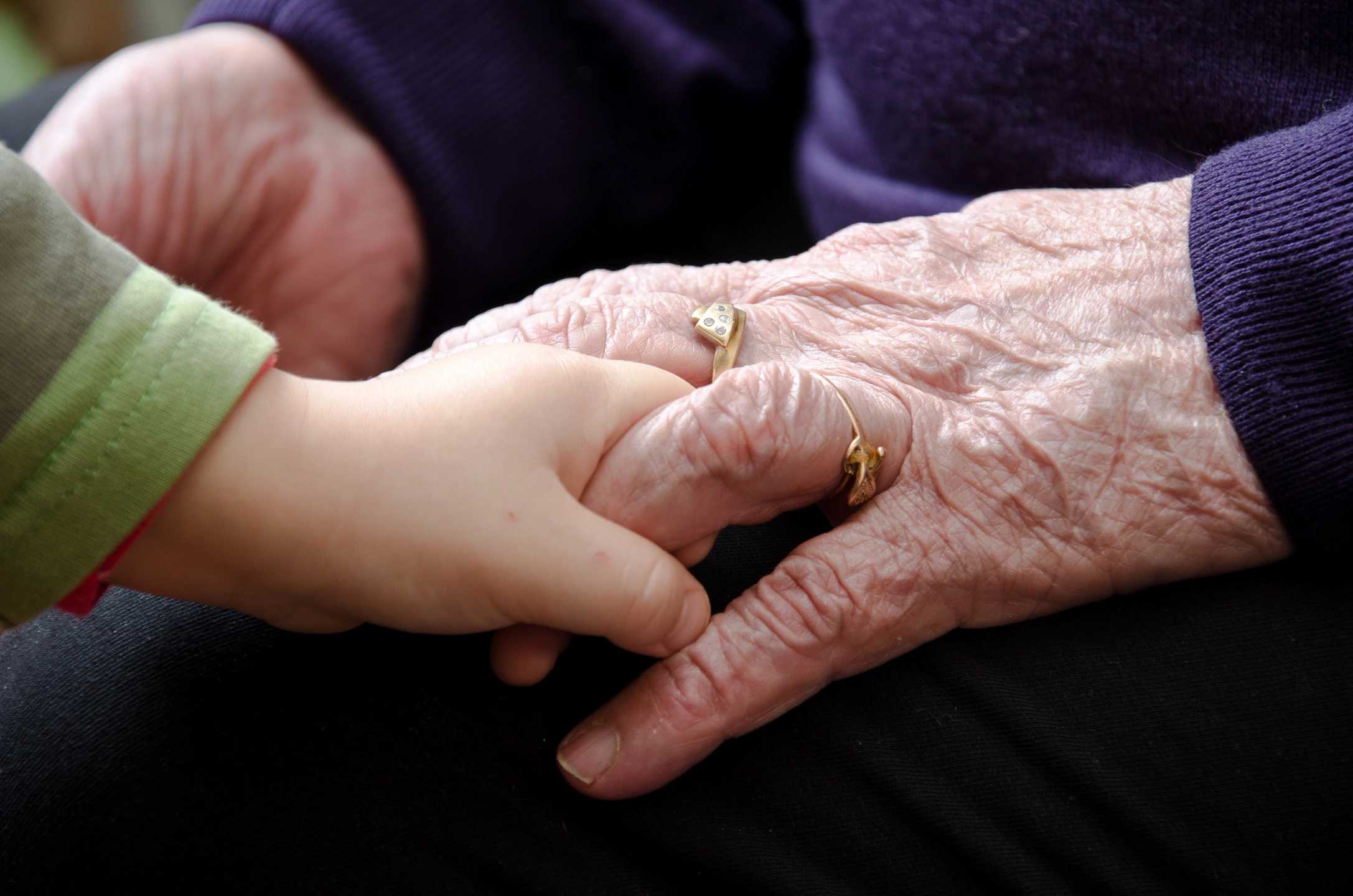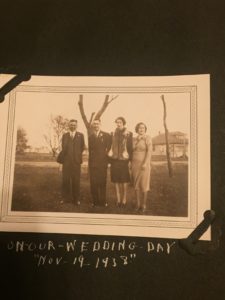Do you know about this wonderful resource for German family history research called an Ortsippenbuch, or Ortsfamilienbuch? I didn’t, until about two years ago when I enrolled in the German Records Certificate program through NIGS (National Institute of Genealogical Studies), University of Toronto. If you are searching for information about ancestor who came from Germany, and you know the region or village where they lived, you might want to check to see whether there is an Ortsippenbuch available for your region of interest. An Ortsippenbuch is a village lineage book. It is filled with wonderful information transcribed mostly from parish records and can help you reconstruct your family in Germany. Here is just one article about them from the Family Search blog (2012) which will provide a little more background.
https://familysearch.org/blog/en/ortssippenbuch-shortcut-german-family-history-research/
When I was in Salt Lake City in January for SLIG 2017, I was able to spend some time at the Family History Library. Their collection of Ortsippenbucher is amazing! I went to the catalog, found the books relating to the villages in Ostfriesland where my ancestors lived, and there they were. My ancestors’ names in black and white! It was an exciting find.
The books I searched were entitled, Die Familien der ev.-luth. Kirchengemeinde [village name] [years covered]. These are published by Upstalsboom – Gesellschaft, a society dedicated to family and historical research in Ostfriesland. Family information I was able to find in these books included births, marriages, deaths, parents, spouses, children, occupations,and links to other family members by the numbering system used in these books. All great clues to finding original records and proving my father’s family lineage. I was even able to confirm a story my father told me when I was younger, that some of his ancestors were paper makers. The other part of that story was that there was a crest. He said it was a family crest, but it could have been a guild crest. Now to research German heraldry and guilds and uncover the rest of the story.
Family names searched: Funk, Brinkman, Knipper, Donnemorroth (a Scottish surname which became Funk(e) by marriage)

